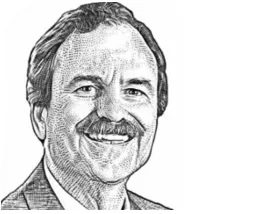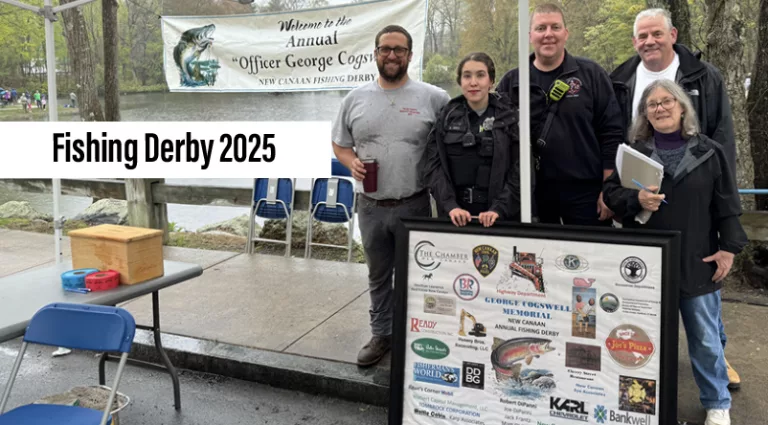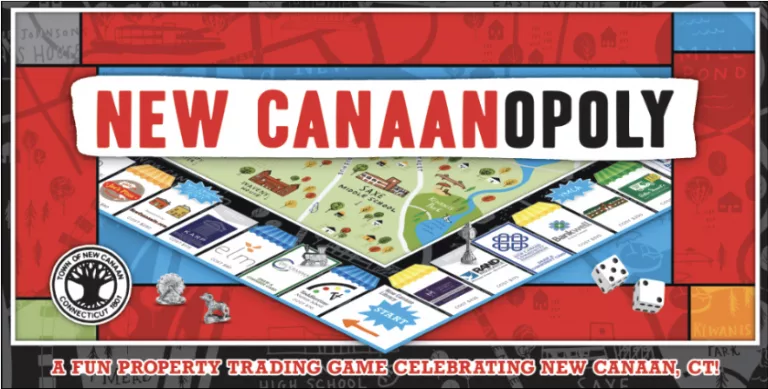I was fortunate to be raised in a very arts-supportive family, where music was part of daily life. Music helped us pass the time on long car rides, with singing and even with recorder “concerts” on long stretches of highway. Research about the brain now shows us the value of associating language with music, color, visuals sand kinesthetics (movement) for memory. As someone who has worked with a wide variety of students, including students with dyslexia, I have seen the power of multisensory teaching and the value and importance of the arts in learning for all students.
Imagine being asked to memorize a two-page poem. It’s a daunting task. But now imagine learning two pages of song lyrics, a task that feels so much easier. When you think of the number of songs you have memorized in your life, and the lyrics you have memorized to songs you didn’t even want to memorize but just can’t get out of your head, you can recognize the innate power of music in helping with memory. In schools I have led, teachers have used songs to make learning easier for all students—not just students with learning differences. The alphabet song, of course, is universally taught for good reason. And you probably recall songs your children’s teachers used to help them remember the days of the week: m children’s public school teachers used the theme song from the old “Addams Family” television show, replete with finger snaps. Research shows that music supports all kinds of learning. When teaching Algebra, I had my students sing the Quadratic Formula to the tune of “Pop Goes the Weasel. One student was reluctant to sing it with the class each day we practiced it, standing up silently when the group sang it. The morning of the chapter test, his mother called me and told me, “Last night, we were in the kitchen, and Jacob was in the living room on the floor behind the couch—he was singing “Pop Goes the Weasel” and we don’t know why. Should we be worried?” I explained to her why everything was ok, and I was happy to hear that he understood the value of the song, even if he didn’t want to admit it to me or to his parents!
Some months later I was preparing to speak at a national conference on the topic of multisensory learning, and I wanted to record some students singing the quadratic formula. I found three 8th graders who were willing—but who had never heard of the quadratic formula. I wrote the formula on a piece of paper and taught them the song. After they sang it through three times, I told them I would record them, and would hold up the formula so they could see it while they sang. They said, “We don’t need the formula, Mr. Kaufman. We’ve got it memorized.” After singing it only 3 times!
My own children remember almost every song they learned when they were little, and I am grateful that music is still a part of their lives. Even outside of academics, music is a powerful tool for all kinds of social emotional learning. Singing in a group, small or large, promotes a unique camaraderie and shared experience for students. Group singing gives students more confidence to perform in front of an audience, a skill that can be very important for later in life. Learning to do your best so that a group can be successful will also become a valuable skill. A wonderful K-8 school in New York City, Speyer Legacy School, holds an “American Idol”-type event each, in which each section of each grade from 5th to 8th gathers all of its students to learn and perform a song. The 7th and 8th grade students usually take the lead within their grade in choosing the song and arranging how it will be performed. They rehearse for several months, and the process creates a powerful community bond within each grade. At the performance, the students learn the importance of supporting each others’ performances, as they each will have a turn presenting their song. The lessons learned from singing together and supporting each other offer a unique experience, and for many students, music becomes a lifelong avocation.
When I was in college, I sang with a group that traveled internationally after my junior year, performing in Austria, Switzerland, France and Italy over the course of 4 weeks. At one small town in southern France, we were eating dinner at a church where we were to perform that evening. As we ate, we heard a group of children singing outside. They were standing in a circle playing a game that involved singing the same song in French each round of the game (it was a type of “elimination” game like musical chairs). A group of us ventured outside to listen, and the young children immediately invited us to join the circle, and eagerly taught us the song and the game. Even though they spoke no English, I’ll never forget that moment of community and bonding, and how great it felt to be invited into their circle. And I still remember the song, word for word!
Clay Kaufman, a longtime educator and school leader, is former Head of School at The Cedar School, a high school for students with language-based learning differences, such as dyslexia and is currently at Ethical Culture Fieldston School in Riverdale.



